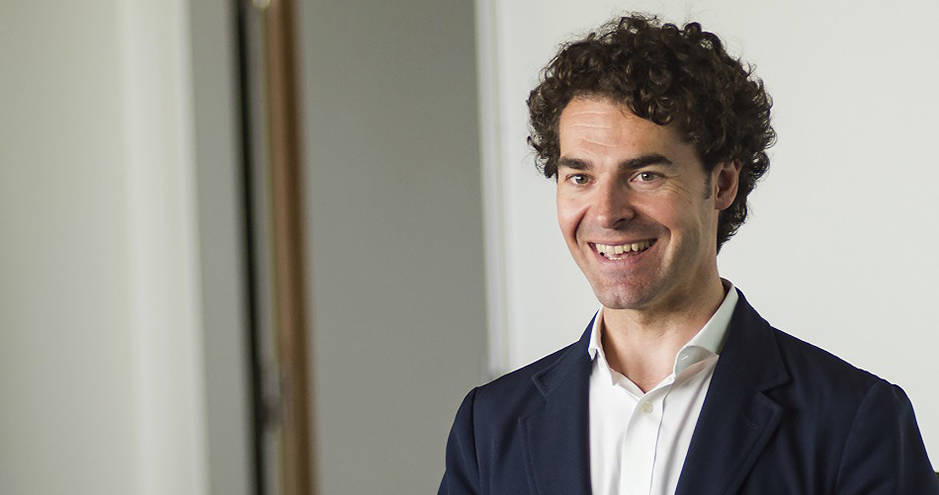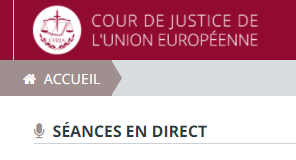The Court of Justice has been under sustained criticism of academics for its lack of transparency and communication, yet it remains unclear whether its latest decision means it has now passed the Rubicon.
The predictable part
On 16 February, the Court of Justice rendered its long-awaited judgment in the landmark rule of law cases Hungary and Poland v Parliament and Council. As was widely expected, the Court of Justice affirmed the validity of the contested rule of law conditionality regulation, dismissing the applicant member states’ arguments in their entirety. Besides the litigating parties, a stunning 10 member states (Belgium, Denmark, Germany, Ireland, Spain, France, Luxembourg, the Netherlands, Finland, Sweden) as well as the Commission, intervened in support of the Parliament and the Council.
A breach of long-criticised protocol
What stood out however was the Court of Justice’s decision, announced at the eleventh-hour, to live stream the delivery of the judgment. The decision was first reported by EU Law Live two days before the set date of the Court session.
Up until then, the case, as is habitual in the Court of Justice’s standard procedures, was held publicly but only for those able to attend in physical capacity. This practice has been condemned for some time by several academics who argue it creates de facto unequal access (most EU citizens being unable to travel to Luxembourg where the court is based) and rests on mistaken or even partially unjustified grounds.
The Court’s reluctance to increase the transparency of its proceedings is seen as part of a wider trend by which the Court accords itself wide rights to limit visibility, in order to protect what it views as the “serenity” of its adjudication process. Curtin, in 2012, for example noted that the Court had stopped producing so-called “reports for the hearing” in which the arguments put forward by litigating parties were summarised by the court, depriving researchers and other interested parties in a valuable source related to court proceedings. In 2014, Alemanno and Stefan developed a wider argument for providing wider openness for Court proceedings. The Court of Justice of the EU is widely regarded as a comparatively powerful and entrenched institution, rendering sometimes far-reaching judgments that are difficult to reverse by political actors. This point was eloquently argued in 2011 by Stone Sweet in a dedicated chapter.
Transparent adjudication and the rule of law: a battle over principles and optics
In the current case, prof. Alemanno decided to take practical action to induce the court to shift its position on the transparency question. He submitted a petition to the Court of Justice to be granted leave to transmit the proceedings of the Hungary and Poland cases in live stream from the court room, in his capacity as private citizen.
The Court of Justice hurriedly responded in the negative, with a list of seemingly ad hoc arguments. EU Law Live, however, has pointed out that “pleadings have increasingly been taking place via videoconference or in a hybrid format [anyway] due to the COVID-19 pandemic”.
Meanwhile, various academic observers to the case freely made use of twitter to offer live commentary of the hearing, verbatim quoting the pleadings of the agents of the governments of Hungary and Poland and offering direct analysis to these inputs.

The Court’s reticence about opening up to the wider European public comes amid a war of optics between particularly the politically captured Polish Constitutional Tribunal and the Court of Justice of the EU over interpretations of rule of law and competence questions. The captured Polish CT moved, inter alia, to rule the CJEU not competent to adjudicate on the organisation of Poland’s judicial system under the Polish constitution, in a move that marked a departure from both its own case law and European treaty obligations.
Currently, the captured Polish CT is handling a question brought by Poland’s justice minister concerning criminal liability of CJEU judges for supposed dereliction of duties, an accusation that, if judged to be founded, would mark a significant escalation of what was previously described as a process of “judicial dialogue”.
In this battle, the question of transparency features subtly, as way for the captured Polish CT to demonstrate its own adherence to principles of transparency and public accountability. Alemanno’s petition was, for example, based on the argument that live streaming “may neutralise any accusation of lack of impartiality”.
Not the first time, not the last time?
EU Law Live reported that the Court’s decision was historical in the sense that it represented the first time it decided to live stream a hearing. Alemanno has pointed out that in fact a precedent already exists in the 2019 Junqueras case, but expressed satisfaction that the Court, while omitting to broadcast the case’s hearing, at least delivered its judgment in online format.
The verdict is still out on whether this decision marks a watershed in the Court’s attitude to public communication: clear criteria on which cases merit live streaming are still unavailable.



